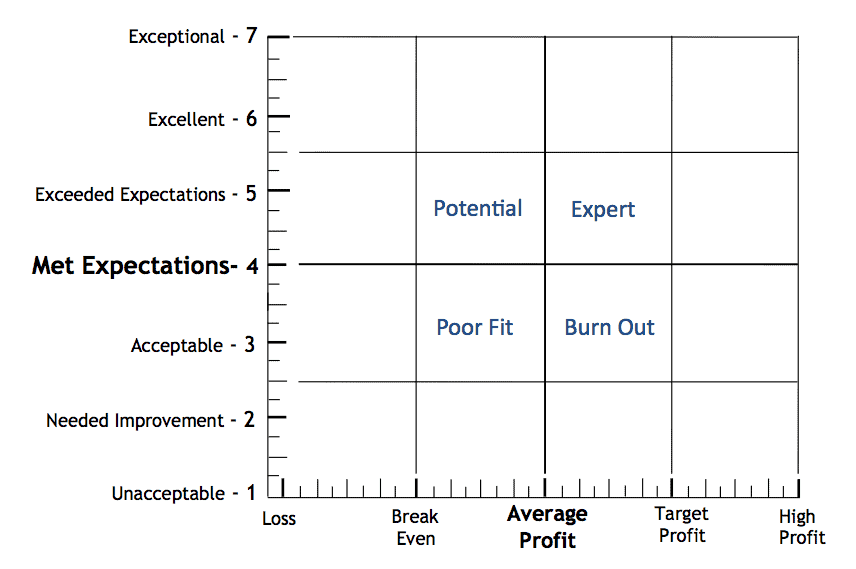If you manage a professional services firm, you’re probably well-acquainted with a host of reports, charts, and metrics that measure the financial performance of your projects. You’ve likely reviewed figures on profitability, revenue, aged accounts, and more, often mapped across an axis of time (like monthly revenue). However, these financial metrics alone tell only half the story. They lack one critical element: the client’s perception of a project’s success, captured by what we call the Feedback Quadrant.
Why Client Feedback is the Missing Axis
What appears to be a highly successful project for your firm—delivering high profits and timely completion—might be perceived as a failure from the client’s point of view. Without metrics capturing the client’s measure of success, it’s difficult to identify which projects are genuinely successful, which are only partially effective, and which are outright failures.
The missing axis in your data is feedback. By incorporating a Feedback Quadrant, you can quantify project success from your client’s perspective, enabling you to make better strategic decisions.
Understanding the Feedback Quadrant
To create a comprehensive view of project performance, imagine mapping financial performance on a horizontal axis and client feedback on a vertical axis. This creates four quadrants that offer powerful insights into your projects:
- Upper-Right Quadrant: The Win-Win Zone
This quadrant represents the ideal scenario: projects that deliver high profits and receive excellent feedback from clients. Here, you’re running a profitable business while also delighting clients. These projects and relationships should be nurtured, and investments should be made to maintain and grow this healthy, mutually beneficial exchange. - Upper-Left Quadrant: Client Success, Your Loss
Projects in this quadrant achieve high client satisfaction but fall short on financial performance. This indicates inefficiencies, under-billing, or other issues that reduce profitability. The good news is that these satisfied clients are likely eager to work with you again. Use this as leverage to adjust future pricing or scoping to benefit your firm, but proceed thoughtfully. - Lower-Right Quadrant: Your Win, Client’s Loss
Here, you’ve achieved strong financial outcomes, but the client perceives the project as less successful. While these projects are profitable, they pose a risk to your client relationships. Address this by investing time and resources into understanding and resolving client concerns through targeted feedback mechanisms. By improving service consistency and quality, you can protect these lucrative projects. - Lower-Left Quadrant: The Lose-Lose Zone
This is where neither you nor the client sees success. Low profits and poor feedback are red flags. Options here include firing the client or, more strategically, working to improve client satisfaction first. Only after establishing loyalty and trust should you aim to enhance profitability. The goal is to move these projects “up” in feedback before moving them “right” in financial performance.
Transform Your Project Insights with Client Feedback
Client Savvy’s Voice of the Client (VoC) tool, the Client Feedback Tool, makes it easy to map client feedback against your financial metrics. This integrated approach provides you with the insights needed to make data-driven decisions and elevate your firm’s performance.
Ready to learn more? Contact us at 1.866.433.7322 to discover how the Feedback Quadrant can revolutionize your project success.






